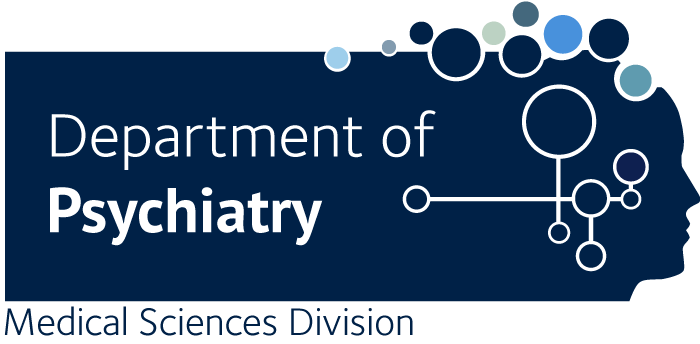Differential associations of anticipatory and consummatory anhedonia with depression and social anxiety symptoms: a network analysis of university students
Rajesh S., Urnes Johnson S., Hoffart A., Leigh E., Ebrahimi O.
Background: Depression and social anxiety are frequently co-occurring conditions that significantly impact young people. Anhedonia may be important to consider in early interventions for these conditions, but the roles of specific dimensions of anhedonia—anticipatory and consummatory—are not well understood. This study explored the symptom connectivity of depression and social anxiety in university students, focusing on how the two dimensions of anhedonia relate to symptoms of both conditions. Methods: We conducted a cross-sectional network analysis of data from 672 university students (19–24 years). A Gaussian Graphical Model was used to investigate the relationship between anticipatory and consummatory anhedonia and symptoms of depression and social anxiety. Results: Anticipatory anhedonia was distinctively connected with specific depression nodes (low mood, suicidal ideation) and social anxiety nodes (avoiding being the centre of attention, less fear of embarrassment). Consummatory anhedonia was related to a wider range of depression nodes (worthlessness/guilt, suicidal ideation, concentration problems, sleep problems) and all social anxiety nodes. Both dimensions of anhedonia demonstrated strong bridge expected influence, alongside worthlessness/guilt and avoiding being the centre of attention, highlighting their relevance to both social anxiety and depression nodes. Conclusions: The findings refine our understanding of the psychopathology of depressive and social anxiety symptoms in young people and exemplify the importance of distinguishing the dimensions of anhedonia. Given its transdiagnostic associations, anhedonia may be important to account for in early interventions for depression and social anxiety. Future research should incorporate clinical samples and longitudinal data.

